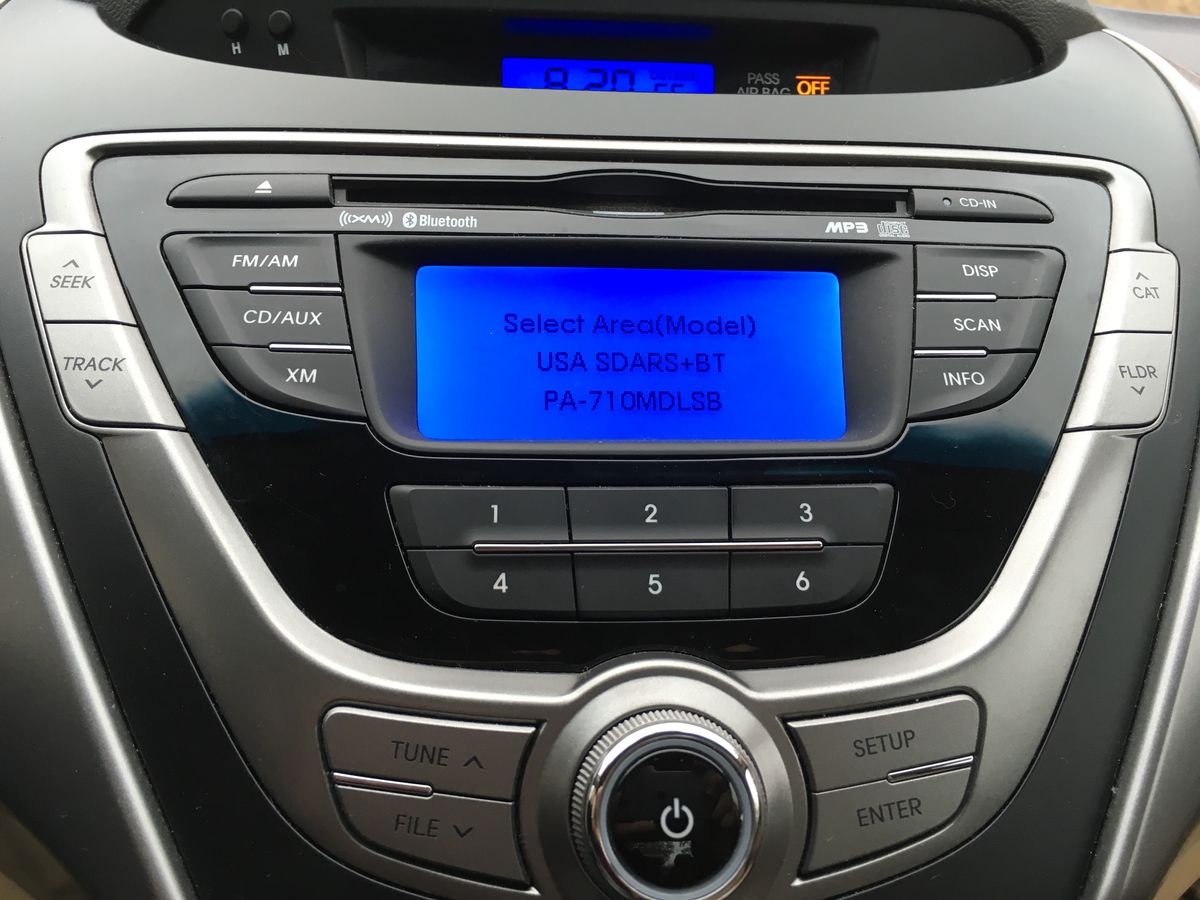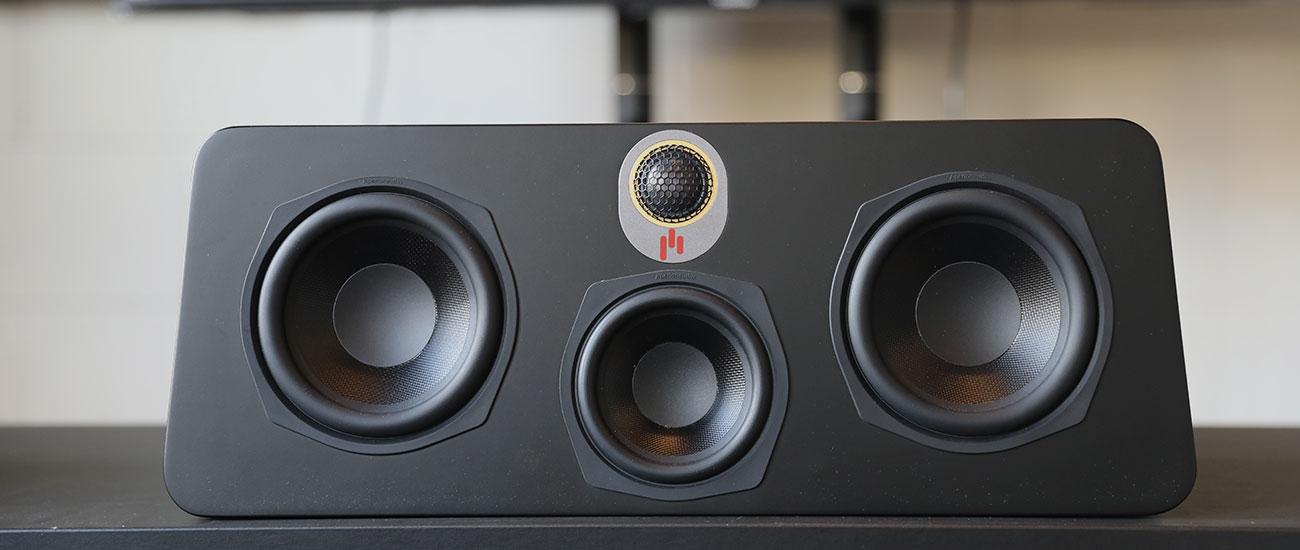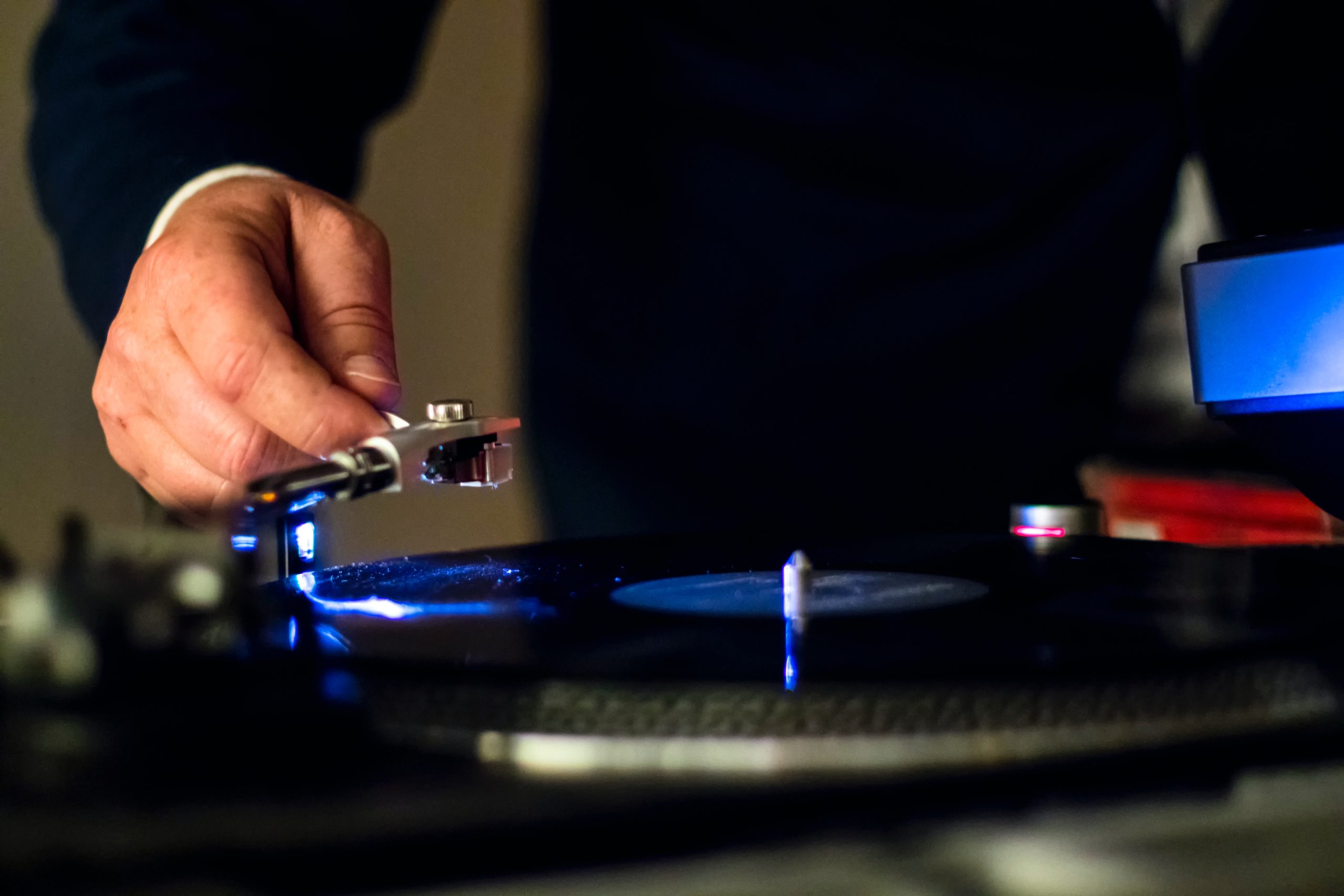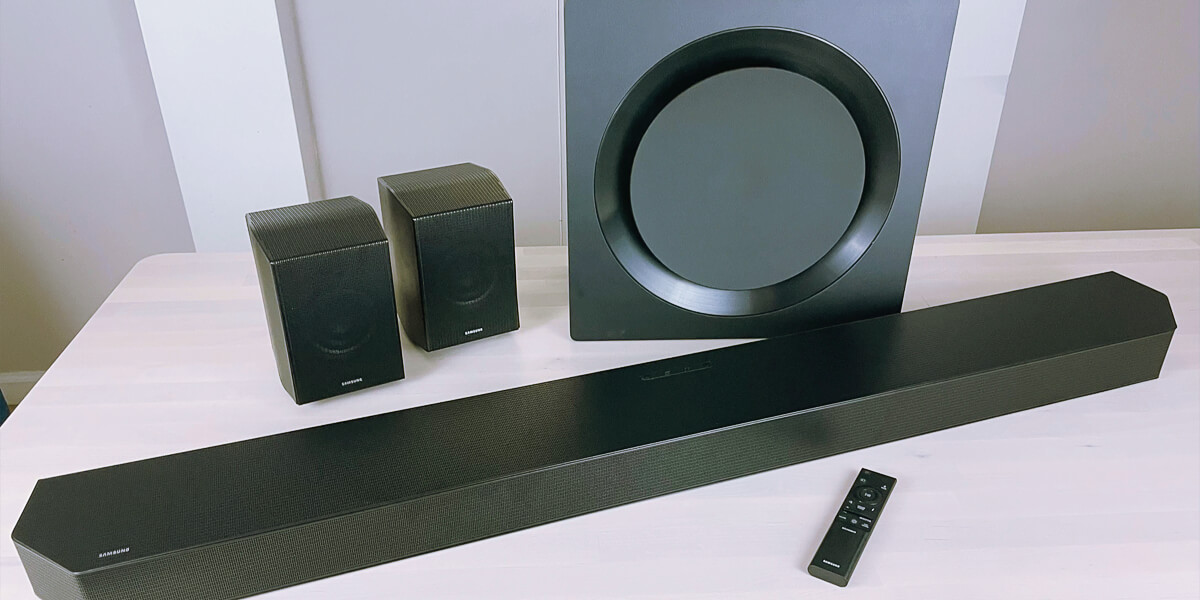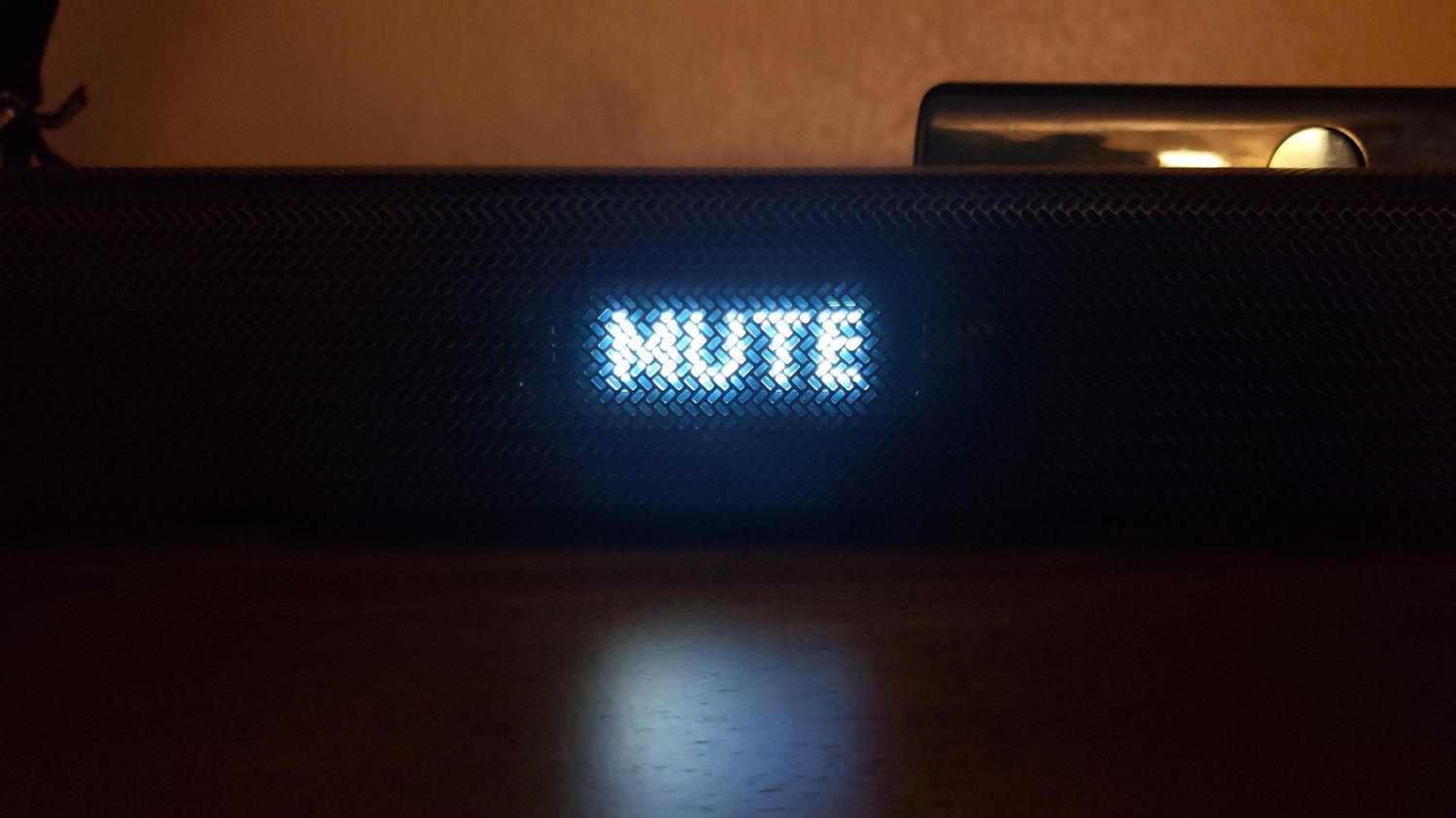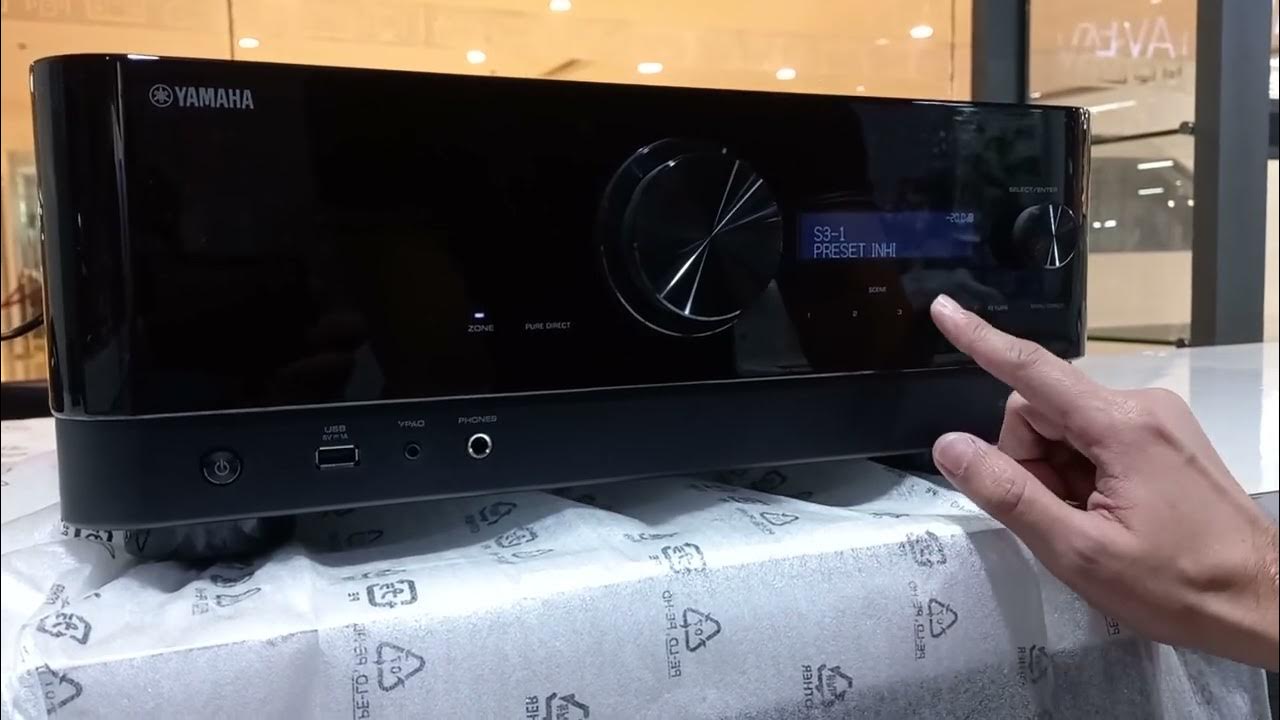Home>Production & Technology>Sound>Why Does My Radio Turn On But No Sound?
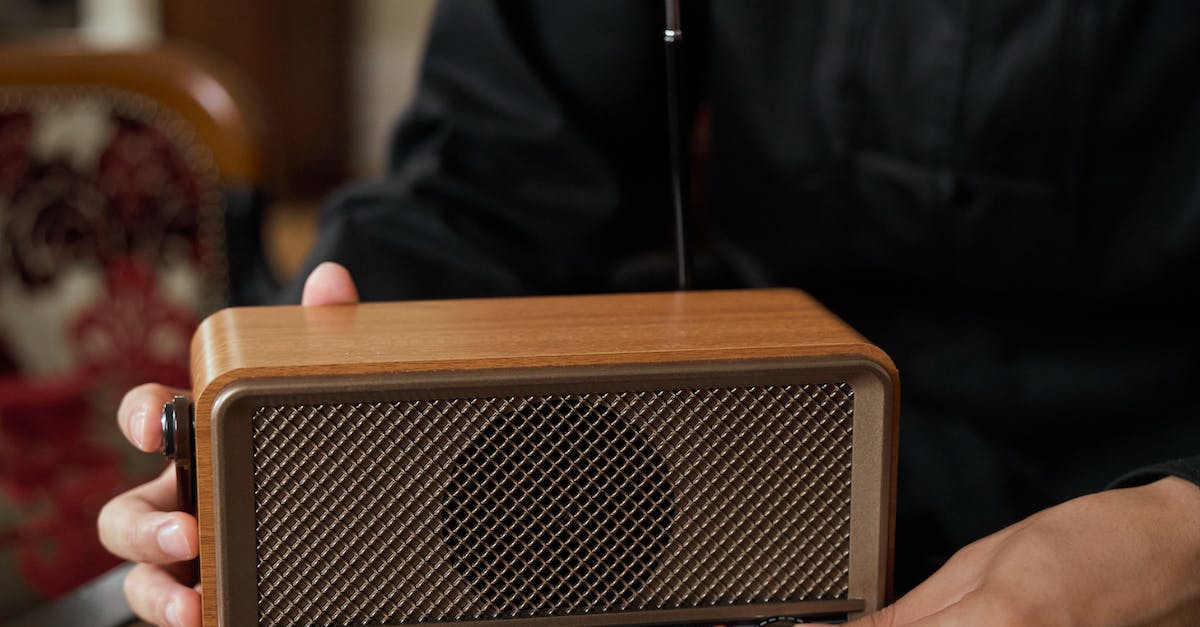

Sound
Why Does My Radio Turn On But No Sound?
Modified: January 22, 2024
Find out why your radio turns on but has no sound. Discover possible reasons and solutions for this frustrating issue.
(Many of the links in this article redirect to a specific reviewed product. Your purchase of these products through affiliate links helps to generate commission for AudioLover.com, at no extra cost. Learn more)
Table of Contents
Possible Causes of No Sound in a Radio
When you turn on your radio and find that there is no sound coming out, it can be frustrating and confusing. There are several potential causes for this issue that you can investigate before resorting to professional help. Understanding these possible causes can help you troubleshoot the problem and potentially save some money on repairs. Here are some of the most common reasons why your radio may turn on but have no sound.
- Volume control settings: One of the simplest explanations for the lack of sound is that the volume control is turned down or set to a very low level. Check the volume knob or buttons on your radio and make sure they are adjusted to an appropriate level.
- Muted audio: Some radios have a mute function that allows you to temporarily silence the sound. Make sure that the mute button is not engaged and that the audio is not muted in the menu settings.
- Loose or disconnected audio cables: Check the audio cables connected to your radio and ensure that they are securely plugged in. Loose or disconnected cables can disrupt the audio signal and result in no sound.
- Faulty speaker connections: If the speakers are not properly connected to the radio, you may experience a lack of sound. Inspect the speaker connections and make sure they are securely attached to the appropriate terminals.
- Antenna issues: A weak or malfunctioning antenna can cause poor reception and result in no sound. Check the antenna connection and make sure it is properly installed and in good condition.
- Incorrect audio source selection: Some radios have multiple audio sources, such as AM, FM, CD, or AUX. Ensure that the correct audio source is selected to receive sound.
- Defective audio amplifier: The audio amplifier is responsible for amplifying the sound signal. If the amplifier is faulty or damaged, it can result in no sound. Professional repair may be required in this case.
- Blown speakers: If the speakers are blown or damaged, they may not produce any sound. Check the speaker cones for signs of physical damage or distortion.
- Electrical or wiring problems: Electrical issues or faulty wiring can disrupt the audio signal and cause no sound. This may require professional inspection and repair to resolve.
- Factory default settings: In some cases, the radio may have been reset to its factory default settings, which could result in muted or no sound. Check the user manual or consult the manufacturer’s website for instructions on resetting the radio settings.
By considering these possible causes, you can narrow down the reasons why your radio is turning on but not producing any sound. Start with the simplest solutions, such as checking the volume control and audio cables, before moving on to more complex issues. If you are unable to identify and resolve the problem on your own, it may be necessary to consult a professional technician or bring your radio to an authorized service center.
Volume control settings
One of the most common reasons why your radio may turn on but have no sound is simply because the volume control settings are not properly adjusted. It may be that the volume knob or buttons on your radio are turned down or set to a very low level.
To check the volume control settings, locate the volume knob or buttons on your radio. Depending on the model, it may be a physical knob that you can rotate or buttons that you can press. Adjust the volume by turning the knob clockwise or pressing the volume up button to increase the sound level.
It’s also important to check if your radio has separate volume controls for different functions or sources. For example, if you are listening to the radio, there may be a separate volume control for the CD player or auxiliary input. Make sure you have selected the correct audio source and adjust the volume accordingly.
If you are using a remote control to operate your radio, check if the volume buttons are functioning properly. Sometimes, the issue may be with the remote control rather than the radio itself.
Additionally, some radios may have a mute function that allows you to temporarily silence the sound. If the audio is muted, you won’t hear any sound even if the volume control is turned up. Look for a mute button on your radio or in the menu settings and make sure it is not engaged.
It’s worth noting that some radios may have different audio profiles or presets that affect the volume output. These presets can vary based on the genre of music or the type of audio content. Check the audio settings or presets on your radio and ensure that they are not set to a low volume or muted profile.
If you have confirmed that the volume control settings are properly adjusted and you still have no sound, the issue may lie elsewhere and further troubleshooting will be necessary.
Muted audio
Another common reason for a radio to turn on but have no sound is that the audio has been muted. Many radios have a mute function that allows you to temporarily silence the sound. If the audio is muted, you won’t hear any sound from the speakers.
To check if the audio is muted, look for a mute button on your radio. It may be a physical button on the front panel or a button on the remote control. Press the mute button once to see if the sound returns. Some radios may have an indicator light to show when the audio is muted, so pay attention to any visual cues on the display.
If you cannot find a mute button, check the menu settings on your radio. Look for an option related to audio or sound settings and see if there is a mute option that can be turned on or off. If the audio is muted in the menu settings, toggle the option to unmute and restore the sound.
Sometimes, accidental button presses or remote control interference can lead to the audio being muted without your knowledge. It’s always a good idea to double-check the mute status before troubleshooting other potential causes.
In certain cases, the radio may have an automatic mute feature that engages under specific conditions. For example, some car radios may mute the audio when receiving a phone call via Bluetooth or when using the navigation system’s voice instructions. Refer to the user manual for your specific radio model to understand if it has any such automatic mute features and how to adjust them.
If you have verified that the audio is not muted and you still have no sound, move on to the next possible causes to further troubleshoot the issue.
Loose or disconnected audio cables
If your radio turns on but there is no sound, one possible reason could be loose or disconnected audio cables. These cables are responsible for carrying the audio signal from the radio to the speakers. If they are not properly connected, it can result in a lack of sound.
Start by inspecting the audio cables connected to your radio. Check both ends of the cables to ensure they are securely plugged into the appropriate ports. Sometimes, cables can become loose over time due to movement or accidental tugs. Gently push and wiggle the connectors to ensure they are firmly seated in their respective ports.
If you notice any frayed or damaged cables, it’s best to replace them with new ones. Damaged cables can significantly affect the sound quality and may result in intermittent or no sound at all.
In addition to the cables connected to the speakers, check for any auxiliary cables or connectors that may be necessary for external audio sources. For example, if you have an auxiliary input or Bluetooth connectivity, ensure that the auxiliary cables or connectors are also securely connected.
It’s important to note that some radios may have separate output settings for different audio sources. For instance, if you have multiple speaker systems connected to your radio, check if the audio output is properly configured for the desired speakers. Refer to the user manual for instructions on how to switch between different audio output options.
If you have confirmed that all audio cables are securely connected and there is still no sound, move on to the next potential causes to further troubleshoot the issue.
Faulty speaker connections
If your radio is turning on but you’re not getting any sound, one possibility is that there are faulty speaker connections. The speakers are responsible for producing the audio output, and if they are not properly connected to the radio, it can result in a lack of sound.
Start by visually inspecting the speaker connections. Check the wires that are connected to the speakers and ensure they are securely attached to the appropriate terminals on the back of the radio. If any connections appear loose or disconnected, reconnect them properly.
It’s also crucial to check if the speaker wires are damaged or frayed. Sometimes, exposed wires or damaged insulation can cause a poor connection or even short-circuiting, resulting in no sound. If you notice any damage, it’s best to replace the speaker wires with new ones.
In some cases, the speakers themselves may be defective or damaged. Test the speakers by connecting them to another audio source, such as a different radio or audio player. If the speakers work fine with another source, then the issue may lie within the radio itself. However, if the speakers are not producing sound even when connected to another source, you may need to replace them.
It’s important to ensure that the speakers are compatible with your radio. Check the specifications and impedance ratings of both the radio and the speakers to make sure they are a suitable match. Mismatched speakers can result in distorted sound or no sound at all.
If you have multiple speakers connected to your radio, verify that they are all in proper working condition. Disconnect each speaker one at a time and test the audio output to identify if any particular speaker is causing the lack of sound.
If you have checked and confirmed that all speaker connections are secure and the speakers themselves are in good working condition, proceed to explore other potential causes for the lack of sound.
Antenna issues
If your radio turns on but you are not hearing any sound, it’s possible that you’re experiencing antenna issues. The antenna is responsible for receiving the radio signals, and if it’s not functioning properly, it can result in poor reception or no sound at all.
Start by inspecting the antenna connection. Check if the antenna cable is securely connected to the designated port on the radio. The connection may become loose due to vibrations or accidental tugging, so it’s important to ensure it’s properly seated.
Next, examine the antenna itself. If you have an external antenna, check for any damage or corrosion. A damaged or corroded antenna can lead to weak signal reception and consequently, no sound. If you notice any visible issues, such as a bent or broken antenna, consider replacing it with a new one.
In some cases, the antenna may be integral to the radio unit and not easily replaceable. If this is the case, ensure that the antenna is properly extended or positioned to receive optimal signal strength. Look for any obstructions that may be blocking the antenna’s line of sight, such as nearby buildings or structures.
It’s worth mentioning that certain radios have both AM and FM antennas. Ensure that both antennas are properly connected and positioned. In particular, AM antennas can be more sensitive to orientation and location, so adjust them for the best reception.
If you’re using an internal antenna, such as a built-in antenna in a car radio, try parking the vehicle in an open area away from tall buildings or other potential sources of signal interference. Sometimes, weak or obstructed signals can result in no sound or poor audio quality.
If possible, test your radio’s reception with another known-working antenna. This can help determine if the issue lies with the antenna itself or if there are other factors causing the lack of sound.
If you’ve checked the antenna connections and positioning, and you’re still not receiving any sound, move on to explore other potential causes for the lack of sound in your radio.
Incorrect audio source selection
One of the possible reasons why your radio may turn on but have no sound is because the incorrect audio source is selected. Many radios offer multiple audio sources, such as AM, FM, CD, or auxiliary inputs. If the wrong audio source is selected, you won’t hear any sound.
First, examine the radio’s display or settings menu to determine which audio source is currently selected. Look for indicators or icons that represent different audio sources. Ensure that the desired audio source, such as the FM or CD player, is selected.
If you are using an auxiliary input, such as connecting your phone or MP3 player to the radio, check that the correct input source is chosen. Some radios may have multiple auxiliary inputs, so ensure you have selected the correct one.
In certain cases, radios have different modes or bands for AM and FM reception. If you are trying to listen to FM stations but have selected the AM mode, you won’t receive any sound. Switch to the appropriate mode for the desired audio source.
It’s possible that a remote control is being used to operate the radio. Check if the remote control is functioning properly and that the buttons for selecting audio sources are working correctly. Sometimes, an unresponsive or malfunctioning remote control can lead to incorrect audio source selection.
Refer to the user manual or documentation for your specific radio model if you’re unsure about the procedure to select the correct audio source. The manual will provide step-by-step instructions on how to navigate the menu or select different audio sources.
If you have verified that the correct audio source is selected and you’re still not getting any sound, continue exploring the other potential causes for the lack of sound in your radio.
Defective audio amplifier
If your radio is turning on but you’re not hearing any sound, it’s possible that there is a problem with the audio amplifier. The audio amplifier is responsible for amplifying the audio signal and sending it to the speakers. If the amplifier is defective or damaged, it can result in no sound being produced.
A defective audio amplifier can be caused by various factors, such as component failure, electrical issues, or overheating. Unfortunately, diagnosing and repairing a faulty amplifier usually requires the expertise of a professional technician or audio specialist.
However, there are a few steps you can take to confirm if the audio amplifier is causing the lack of sound. Start by checking if the radio has other audio output options, such as headphone jacks or audio output ports. Connect headphones or external speakers to these alternative outputs and see if you can hear any sound. If you do get sound through the alternative outputs, it indicates that the audio amplifier may be the issue since it is not able to send the sound to the built-in speakers.
Another indication of a defective audio amplifier is if the radio functions properly in all other aspects (e.g., display, buttons, tuning) but still has no sound. However, keep in mind that the absence of sound could be due to other causes as well, so it’s important to rule out other potential issues.
If you suspect a defective audio amplifier, it is recommended to consult a professional. They will have the necessary expertise and equipment to diagnose and repair the problem. Attempting to repair or replace the amplifier without proper knowledge and experience can result in further damage to the radio.
Reach out to an authorized service center or contact the manufacturer for guidance on repairing or replacing a defective audio amplifier. They can provide you with the necessary information and direct you to a qualified technician.
By identifying a potential issue with the audio amplifier, you can take the necessary steps to address the problem and restore sound to your radio.
Blown speakers
If your radio turns on but you’re not hearing any sound, one possible cause could be blown speakers. A blown speaker occurs when the speaker’s internal components are damaged, resulting in a distorted or complete lack of sound.
You can check for blown speakers by performing a visual inspection. Look for any visible signs of damage, such as holes in the speaker cones, tears in the speaker surround (the flexible material that connects the cone to the speaker frame), or loose or detached wires. If you notice any of these issues, it’s likely that the speakers are blown and need to be replaced.
Another way to identify blown speakers is by listening for any unusual noises coming from them. Blown speakers may produce crackling, popping, or buzzing sounds when the radio is turned on. Additionally, if you notice a significant decrease in audio quality or volume, it could be another sign of damaged speakers.
If you suspect that the speakers might be blown, you can try connecting a different set of speakers to the radio to see if you get sound. If the audio functions normally with the replacement speakers, then it confirms that the original speakers are indeed blown and need to be replaced.
It’s important to note that if you’re dealing with built-in speakers, replacing them might be more complex. In this case, it would be best to consult a professional technician or contact the manufacturer for guidance on how to address the issue.
Replacing blown speakers typically involves finding compatible replacements and installing them correctly. Refer to the user manual for your specific radio model, or seek professional assistance to ensure the proper installation and compatible replacements.
By checking for visible damage, listening for abnormal sounds, and testing with replacement speakers, you can determine if the lack of sound is due to blown speakers. Replace any damaged speakers to restore sound quality to your radio.
Electrical or wiring problems
If your radio turns on but you’re not getting any sound, it’s possible that you’re experiencing electrical or wiring problems. Such issues can disrupt the audio signal path and result in a lack of sound.
Electrical or wiring problems can occur due to various reasons, including faulty connections, damaged wiring, or issues with the power supply. Here are a few steps you can take to troubleshoot and identify potential electrical or wiring problems:
- Check the power supply: Ensure that the radio is receiving a proper power supply. Verify that the power cord or battery connection is secure and functioning correctly. If you’re using the radio in a vehicle, check the fuse related to the radio’s power supply.
- Inspect the wiring: Examine the wiring connected to the radio, speakers, and any auxiliary devices. Look for loose connections, frayed or damaged wires, or signs of wear and tear. If you notice any issues, repair or replace the affected wiring as necessary.
- Test the radio in a different power source: If possible, try powering the radio using a different power source, such as a different power outlet or a separate battery. This can help determine if the lack of sound is due to an issue with the initial power source.
- Reset the radio: In some cases, electrical or wiring problems can be resolved by resetting the radio. Consult the user manual or manufacturer instructions for the proper procedure to reset the radio to its factory default settings.
- Seek professional help: If you’re unable to identify or resolve electrical or wiring problems on your own, it’s recommended to seek assistance from a professional technician or contact the manufacturer’s customer support for further guidance.
Keep in mind that electrical and wiring issues can be complex, and attempting to address them without proper knowledge or expertise may lead to further damage. When in doubt, it is always best to consult a professional for proper diagnosis and repair.
By inspecting the power supply, wiring, and seeking professional help if needed, you can determine if electrical or wiring problems are causing the lack of sound in your radio.
Factory default settings
If your radio turns on but there is no sound, one possible cause could be that the radio has been reset to its factory default settings. This can occur due to a variety of reasons, such as a software glitch or accidental button presses.
Factory default settings typically include preconfigured settings that may affect the audio output. For example, the default setting could be a muted or low-volume profile, resulting in no sound. Luckily, this is a relatively easy issue to resolve.
Start by checking the radio’s menu settings. Look for options related to audio or sound settings. If you find a “Reset” or “Restore default settings” option, select it to revert the radio back to its original configuration.
If there is no specific reset option, you can manually adjust the audio settings to ensure they are appropriate for sound output. Increase the volume level, disable any mute functions if present, and confirm that the balance and fade settings are set correctly.
Refer to the user manual or contact the manufacturer’s customer support for detailed instructions on resetting the radio or adjusting the audio settings.
It’s also a good idea to check if there are any software updates available for your radio. Updating the firmware or software can address any potential bugs or glitches that may have been causing the lack of sound.
By resetting the radio to factory default settings or adjusting the audio settings properly, you can resolve any issues related to factory settings and potentially restore sound to your radio.

